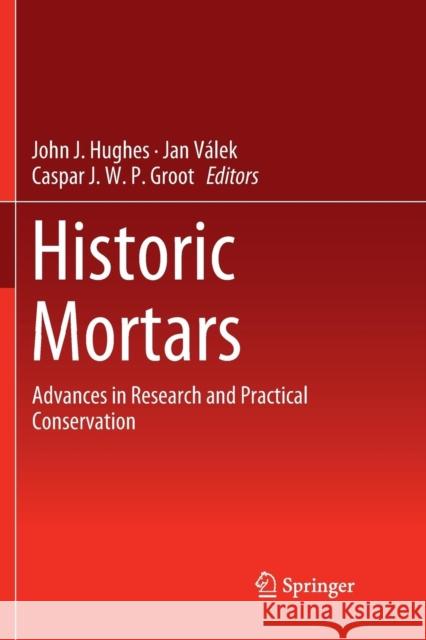Historic Mortars: Advances in Research and Practical Conservation » książka
topmenu
Historic Mortars: Advances in Research and Practical Conservation
ISBN-13: 9783030062644 / Angielski / Miękka / 2018 / 336 str.
Kategorie:
Kategorie BISAC:
Wydawca:
Springer
Język:
Angielski
ISBN-13:
9783030062644
Rok wydania:
2018
Wydanie:
Softcover Repri
Ilość stron:
336
Waga:
0.48 kg
Wymiary:
23.39 x 15.6 x 1.83
Oprawa:
Miękka
Wolumenów:
01
Dodatkowe informacje:
Wydanie ilustrowane











